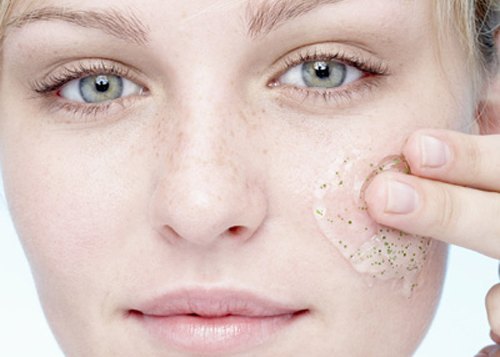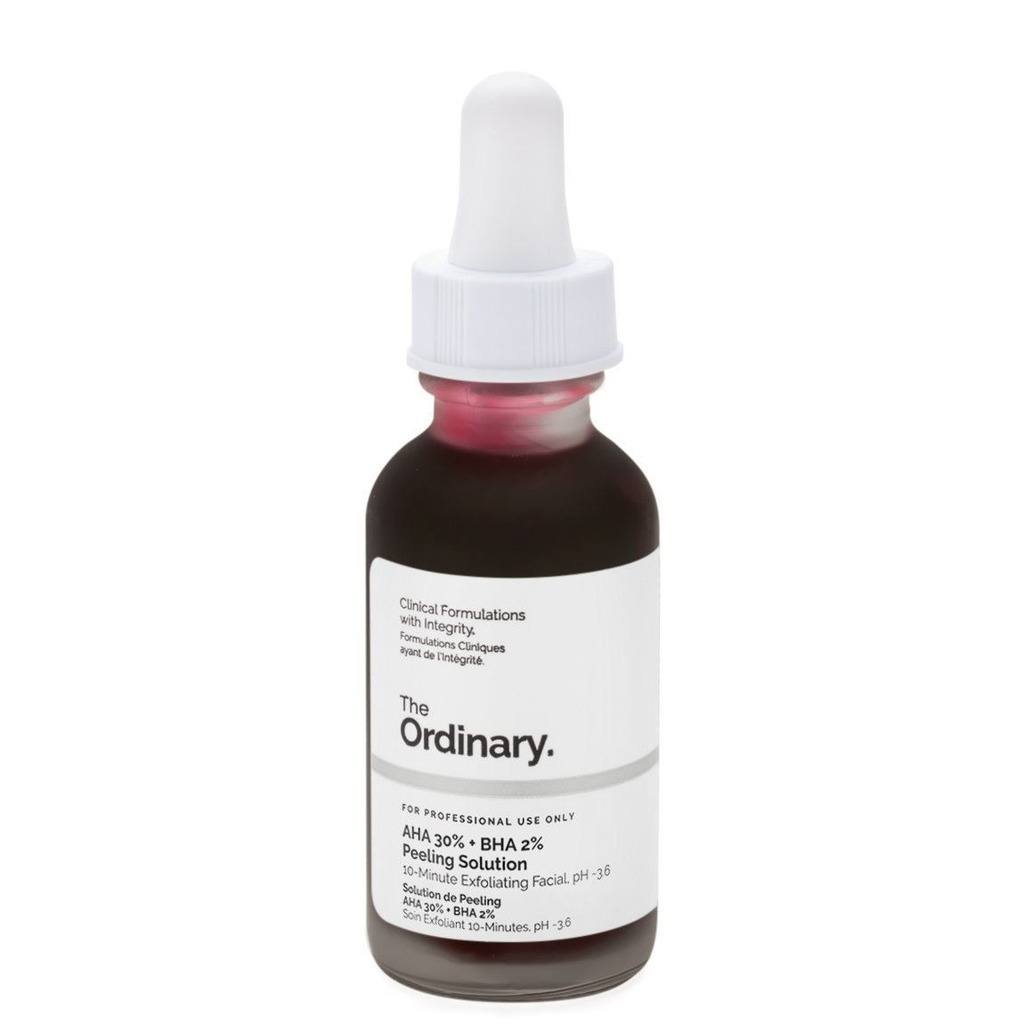Exfoliating is an essential step in any skincare routine. It is the process of removing dead skin cells from the surface of the skin, revealing smoother, brighter, and more youthful-looking skin. Exfoliating helps to unclog pores, reduce the appearance of fine lines and wrinkles, and improve skin texture and tone. In this blog post, we will discuss the importance of exfoliating, how to exfoliate, the different types of exfoliants, and some of the best exfoliating products on the market.

Why is exfoliating important?
Exfoliating is important for a number of reasons. First, it helps to remove dead skin cells from the surface of the skin. Dead skin cells can clog pores, which can lead to acne and other skin problems. By removing these dead skin cells, you can keep your skin clear and healthy.
Second, exfoliating can help to reduce the appearance of fine lines and wrinkles. As we age, our skin’s natural exfoliation process slows down, which can cause a buildup of dead skin cells on the surface of the skin. This can make fine lines and wrinkles more noticeable. By exfoliating regularly, you can help to keep your skin looking youthful and radiant.
Third, exfoliating can improve skin texture and tone. When dead skin cells build up on the surface of the skin, it can make the skin look dull and uneven. Exfoliating helps to remove these dead skin cells, revealing smoother, brighter, and more even-toned skin.
How to exfoliate
Exfoliating is a simple process that can be done at home. The first step is to choose an exfoliant that is appropriate for your skin type. There are two main types of exfoliants: physical exfoliants and chemical exfoliants.
Physical exfoliants are products that contain small particles or granules that physically scrub away dead skin cells. Examples of physical exfoliants include facial scrubs, exfoliating brushes, and loofahs. When using a physical exfoliant, it is important to be gentle and avoid scrubbing too hard, as this can damage the skin.
Chemical exfoliants are products that contain acids or enzymes that break down the bonds between dead skin cells, allowing them to be easily removed from the surface of the skin. Examples of chemical exfoliants include alpha-hydroxy acids (AHAs), beta-hydroxy acids (BHAs), and enzymes. Chemical exfoliants are generally gentler than physical exfoliants and are often preferred by people with sensitive skin.
Regardless of which type of exfoliant you choose, it is important to follow a few basic steps when exfoliating. First, cleanse your skin with a gentle cleanser. Next, apply the exfoliant to your skin, using gentle circular motions to massage the product into your skin. Be careful not to apply too much pressure or scrub too hard, as this can damage the skin. Finally, rinse the exfoliant off with warm water and follow up with a moisturizer to keep your skin hydrated and healthy.
Different types of exfoliants
There are many different types of exfoliants available on the market, each with its own unique benefits and drawbacks. Here are some of the most common types of exfoliants:
Alpha-hydroxy acids (AHAs) – AHAs are water-soluble acids that work by breaking down the bonds between dead skin cells, allowing them to be easily removed from the surface of the skin. AHAs are particularly effective at improving skin texture and tone, and they are often used to treat acne, hyperpigmentation, and fine lines and wrinkles.
Beta-hydroxy acids (BHAs) – BHAs are oil-soluble acids that penetrate deep into the pores, making them particularly effective at unclogging pores and treating acne. BHAs are also known for their anti-inflammatory properties, which can help to soothe irritated skin.
Enzymes – Enzymes are natural proteins that work by breaking down the proteins that hold dead skin cells together. Enzyme exfoliants are often gentler than other types of exfoliants, making them a good choice for people with sensitive skin.
Physical exfoliants – Physical exfoliants are products that contain small particles or granules that physically scrub away dead skin cells. While physical exfoliants can be effective, they can also be harsh on the skin if used incorrectly. It is important to choose a physical exfoliant with small, gentle particles and to avoid scrubbing too hard.
Best exfoliating products

There are many great exfoliating products available on the market, each with its own unique benefits and drawbacks. Here are some of the best exfoliating products:
The Ordinary AHA 30% + BHA 2% Peeling Solution – This powerful chemical exfoliant contains a blend of AHAs and BHAs to unclog pores, reduce the appearance of fine lines and wrinkles, and improve skin texture and tone.
Paula’s Choice Skin Perfecting 2% BHA Liquid Exfoliant – This gentle chemical exfoliant contains salicylic acid, a BHA that is particularly effective at unclogging pores and treating acne. It is also gentle enough to use on sensitive skin.
Dermalogica Daily Microfoliant – This gentle physical exfoliant contains rice enzymes to gently remove dead skin cells without scrubbing too hard. It is gentle enough to use on a daily basis and is suitable for all skin types.
Glossier Solution Exfoliating Skin Perfector – This chemical exfoliant contains a blend of AHAs, BHAs, and PHAs to unclog pores, reduce the appearance of fine lines and wrinkles, and improve skin texture and tone. It is also gentle enough to use on sensitive skin.
In conclusion, exfoliating is an essential step in any skincare routine. It helps to remove dead skin cells from the surface of the skin, revealing smoother, brighter, and more youthful-looking skin. Exfoliating also helps to unclog pores, reduce the appearance of fine lines and wrinkles, and improve skin texture and tone. Whether you choose a chemical exfoliant or a physical exfoliant, it is important to be gentle and to choose a product that is appropriate for your skin type. With regular exfoliation, you can keep your skin looking healthy, radiant, and youthful.
